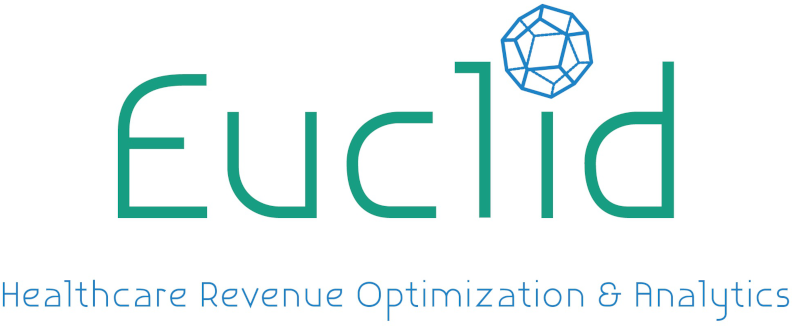The efficient flow of information in revenue management is crucial to the success of any healthcare facility. Revenue Cycle Management (RCM) software plays a pivotal role in this efficiency through streamlining billing processes, improving revenue generation, and enhancing the overall financial performance of healthcare organizations.
However, the true power of RCM software lies in its integration capabilities, which enable seamless coordination across various systems within the healthcare “ecosystem”. Here is a quick breakdown of that integration and how it can enhance your healthcare ecosystem from the team at Euclid RCM.
Understanding RCM Software Integration
The term “ecosystem” is often used to describe “a geographic area where living organisms and non-living components interact with each other”. In this scenario, the “ecosystem” of revenue management functions in an extremely similar way.
Examples include the relationships between billing platforms and Practice Management Systems (PMS) or Electronic Health Records (EHR). Essentially, these relationships are essential to keep the ecosystem alive, making the management of said systems crucial.
RCM Software integration involves the connection of RCM Software to these essential components in order to ensure that information flows seamlessly across different departments, eliminating silos and reducing manual errors.
Breaking Down Data Silos
Data silos, where information is isolated to a specific department, can quickly become one of the primary challenges in healthcare management.
RCM software integration breaks down these silos by establishing a unified platform for data exchange. This means that patient information, billing data, and financial records can be accessed and updated in real-time across the organization, leading to improved efficiency and collaboration.
Enhancing Workflow Efficiency
One of the greatest benefits of RCM software is the automation of repetitive tasks, greatly enhancing the workflow of a revenue cycle. For example, integrating RCM software with EHR (Electronic Health Record) systems allows billing information to be automatically populated from patient records, minimizing data entry errors and speeding up the billing process.
Similarly, integration with PMS enables seamless coordination between scheduling, billing, and patient care activities, optimizing overall operational efficiency.
Improving Revenue Cycle Performance
Through the breakdown of data silos and the enhancement of workflow efficiency, the integration of RCM software enables healthcare organizations to better track key metrics such as claim submission rates, denial rates, and reimbursement turnaround times more accurately.
This visibility allows for the proactive identification of revenue leakage points and the implementation of targeted strategies to improve financial outcomes.
Euclid RCM – Enhance Your Healthcare Ecosystem
In conclusion, integrating RCM software is crucial for boosting the efficiency, accuracy, and profitability of healthcare organizations. However, it’s vital to choose an RCM software solution that seamlessly integrates with the existing systems within your healthcare organization.
Euclid RCM is RCM software that works alongside healthcare facilities and hospitals. Ultimately, every organization grappling with the need for an efficient medical billing process encounters common challenges that hinder the optimal flow of revenue. However, Euclid RCM, meticulously designed and developed by operational experts, offers robust solutions that effectively overcome these barriers, revolutionizing your revenue cycle. Schedule a free demo today!
Get Started
Request a Demo
Euclid Has the Solution to Your Revenue Cycle Challenges
Breaking down the challenges you face to make operating your bill pay easier


